Please note: I have created this GitHub project right here that can be used to perfectly reproduce the problem I'm seeing.
Java 8 here attempting to use Launch4J via the gradle-launch4j Gradle plugin to build a Windows native EXE application. I am doing the development of a Java Swing app on my Mac but the app must run as a Windows EXE on Windows 10. I am also using ShadowJar to build my self-contained "fat jar".
I can build my (Swing) app's fat jar and then run it on my Mac via java -jar build/lib/myapp.jar. It starts and runs no problem.
Here is my Gradle config for Launch4J:
launch4j {
mainClassName = 'com.example.windows.hello.HelloWindowsApp'
icon = "${projectDir}/icon.ico"
jdkPreference = 'jdkOnly'
initialHeapSize = 128
jreMinVersion = '1.8.0'
jreMaxVersion = '1.8.9'
maxHeapSize = 512
stayAlive = false
bundledJre64Bit = true
bundledJrePath = '../hello-windows/jre8'
}
When I run ./gradle clean build shadowJar createExe createDistro it produces:
hello-windows.zip/
hello-windows.exe --> The Windows EXE built by the 'createExe' task
lib/* --> The lib/ dir for the EXE that is also built by the `createExe` task
jre8/ --> OpenJDK JRE8 (copied from the libs/jre8 dir)
So I copy that ZIP file and port it over to a Windows 10 (64-bit) machine. I extract the ZIP and run the EXE by double clicking it inside Windows Explorer (which I can confirm does see the EXE as an Application type). First I see this:
Why is this happening? Are there any Launch4J configurations/settings I can change so that this doesn't happen?
Thanks in advance!
